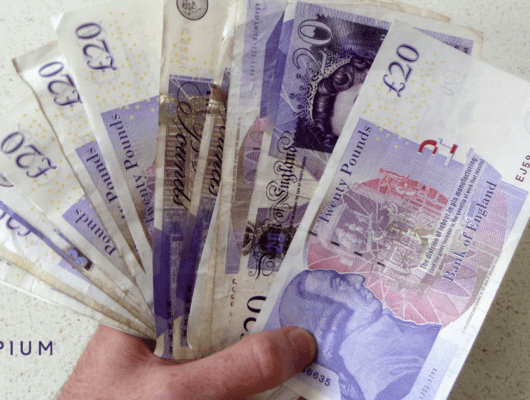What is depreciation?
The literal meaning of depreciation is the reduction that an asset undergoes in terms of its value over a period of time. This is particularly related to the wear and tear of the asset. In accounting, depreciation is one of the most important phenomena when it comes to calculating the value of an asset. Depreciation in accounting is a method where the cost of the asset is allocated over the time it would remain useful. Businesses need to depreciate their tangible fixed assets for accounting and tax purposes.
What is FRS 15?
FRS 15 is a Financial Reporting Standard implemented in February 1999 to evaluate and reevaluate the tangible fixed assets the right way. It also aimed to keep the reevaluations up to date when they are conducted. The standard has been effective since March 2000 but has been replaced by the FRS 102 in Ireland and the UK.
Depreciable Amount of Tangible Fixed Assets
According to FRS 15, the depreciation amount of a tangible fixed asset needs to be allocated all over the useful economic life it has on a systematic basis. It is important to make sure that the pattern in which the entity consumes the economic benefits of the asset is shown as fairly as possible in the depreciation method used for the purpose. The depreciation charges need to be recognized as an expense when it comes to the profit and loss statement for each period, unless you are permitted to include these in the carrying amount of another tangible fixed asset.
The Fundamental Objective of Depreciation
Why there needs to be a count of depreciation anyways? The main objective to achieve through depreciation is to clearly state the amount of benefits in the economic sense that have been consumed of the asset over a period of time. It is the cost of the use of your tangible fixed asset. The value needs to be calculated even if the overall value of the asset has increased over time or the asset is being revalued. Tangible fixed assets must be depreciated over the span of their useful economic life. When evaluating or reevaluating your tangible fixed assets, it is necessary to take the conditions outlined by FRS 15 into account.
Determining the Residual Value, Depreciation Method and the Useful Economic Life
Following are the factors that need to be taken into account when determining the method of depreciation to be used, the residual value of your tangible fixed asset and the economic life it will be useful for.
- The expected usage of the tangible fixed asset by the entity
- The physical deterioration of the asset you expect over time. The repair and maintenance of the asset also needs to be taken into account for this when the asset is idle or in use
- The technological or economic obsolescence of the asset arising from a change in market demand, improvement in the methods of production or the associated technology
- Legal limits that bound the use of the asset such as the expiry dates etc.







